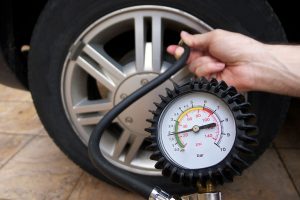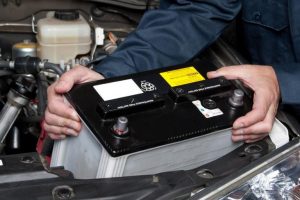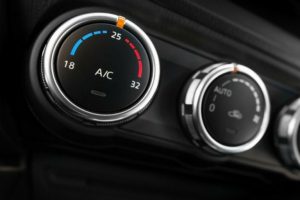Cold weather often hides many risks, so always ensure proper car usage for enhanced safety when driving in winter.
Here are 8 important factors to consider when taking care of your car, ensuring stable and safe performance during freezing winter conditions.
Pay attention to the tires
Maintaining and properly caring for your tires play a crucial role in ensuring both safety and vehicle performance during winter driving. Cold weather can quickly reduce tire pressure, leading to underinflated tires. Therefore, regularly monitor and maintain the recommended tire pressure to enhance vehicle control.

In addition to checking tire pressure, users should also inspect the tire tread depth. This directly impacts the tire’s traction, especially in slippery conditions. Furthermore, in areas with ice or even snow, consider transitioning to all-season or winter tires.
Battery care
Cold weather often accelerates battery depletion. Hence, checking and caring for the battery becomes crucial during winter vehicle usage.

To minimize the risk of a dead or discharged battery that might hinder starting the vehicle, turn off unnecessary electronic devices such as lights, heating systems, or entertainment systems when the vehicle is parked. Also, start the engine regularly and let the vehicle run without load for a few minutes daily.
Engine and oil maintenance
During winter, ensuring the stable operation of the engine is crucial. Therefore, engine maintenance and oil care play a vital role in keeping the vehicle running smoothly in cold weather.

Check for signs of wear, leaks, or any unusual noises in the engine bay. Addressing potential issues early can prevent mishaps while driving in winter conditions. Additionally, consider using low-viscosity winter oil like 0W20 or 0W30. These oils flow faster in cold conditions, facilitating easier engine startups and ensuring necessary lubrication.
Regularly inspect the engine bay

In winter, the engine bay often becomes an ideal hideout for mice. Not only do they nest here, but they also cause trouble by gnawing on electrical wires, disrupting the vehicle’s normal functioning. To avoid this, take a few minutes to check if there are any signs of rodents in the engine bay.
Check lighting systems
Winter days tend to be darker and shorter. Therefore, regularly inspect and assess the condition of all external lights, including headlights, taillights, brake lights, turn signals, to ensure they are clean and functioning properly.

This ensures optimal visibility for the driver, especially when driving in conditions prone to fog, common during winter.
Check the air conditioning system
The air conditioning system is not only essential in summer but also needs attention in winter. In cold weather, the temperature inside and outside the vehicle often differs, leading to fogging on the windshield.

To resolve windshield fogging, the heating feature of the air conditioning system helps effectively, aiding the driver’s visibility.
Inspect windshield wipers and windshield washer fluid
Maintaining a clear view is crucial when driving in winter conditions. Therefore, checking windshield wipers and windshield washer fluid is essential for winter vehicle care.

If the windshield wipers have been in use for a long time, the rubber components may become brittle and prone to damage in low temperatures. Therefore, replacing the wiper blades is a small investment with significant benefits in terms of visibility.
Additionally, when planning to drive in areas with severe cold, freezing can occur in the windshield washer fluid reservoir or on the windshield itself. Therefore, users need to pay attention to the windshield washer fluid to prevent potential freezing.
Maintain a safe distance from the vehicle ahead

During winter driving conditions, visibility is often significantly reduced. To ensure safety, drivers should maintain a greater distance from the vehicle in front. This provides more reaction time for sudden braking or avoiding obstacles on the road.












